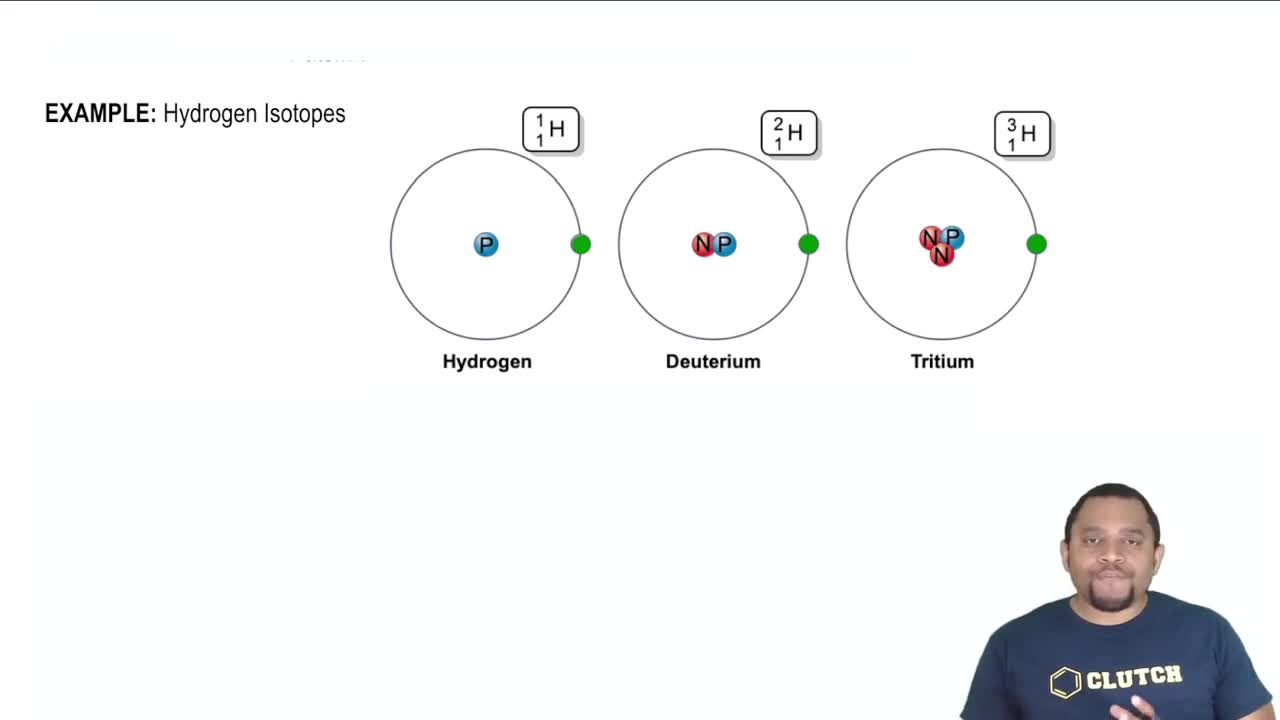What products (including stereoisomers, if applicable) are formed from the reaction of 3-bromo-3-methylpentane:
b. with H2O?

 Verified step by step guidance
Verified step by step guidance Verified video answer for a similar problem:
Verified video answer for a similar problem:



 2:27m
2:27mMaster Overview of the flowchart. with a bite sized video explanation from Johnny
Start learning